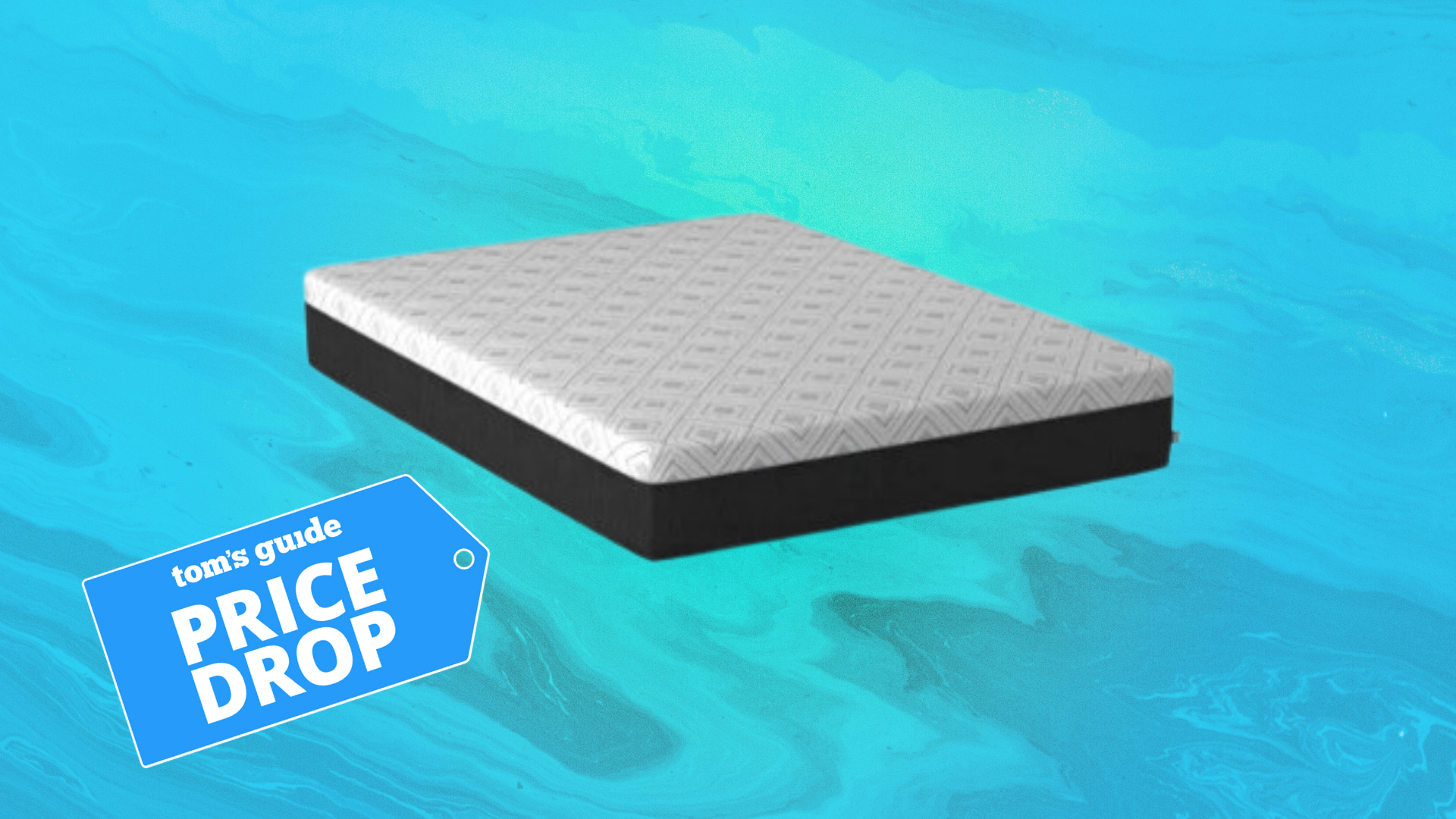
Your muscles can experience isometric and isotonic movement during exercise, but what does that mean, and which is better for building strength?
If your goals are to stimulate muscle mass or increase strength and endurance, you can do so with or without lifting weights. You can also use a mix of isolation vs compound exercises — exercises that isolate a muscle group versus ones that target various muscles together. But did you know your muscles don’t need to change length to get stronger?
Enter isotonic and isometric exercises. Isotonic exercises involve movement, like a squat, whereas isometric exercises are static, like a plank. Below, we cover everything you need to know about them, including the benefits and whether one comes out on top for exercisers looking for strength gains from the gym.
Isometric vs isotonic exercise
If you’ve never heard these terms before, let’s break down exactly what they mean.
Isometric exercises are static, like a plank or squat hold, whereas isotonic exercises require a range of motion, such as performing a bicep curl. Isotonic means same tension, meaning the load or resistance is constant and unchanged. When a muscle shortens (called concentric muscle contraction, like the pushing phase of a push-up) and lengthens again (eccentric contraction, like the lowering phase of a push-up), tension remains the same. Isometric refers to the same length, meaning muscles don’t lengthen or shorten.
Most strength training programs prioritize the isotonic — think big lifts like bench presses, deadlifts and overhead presses — but isometric exercises are lower impact and still offer intensity and challenge without muscles changing length, meaning they don’t flex or extend but can still contract.

Isometric vs isotonic exercise: Benefits
Isotonic exercises require you to move your body, so pretty much any activities you do throughout the day are isotonic — walking, running and household chores, to name a few.
Get instant access to breaking news, the hottest reviews, great deals and helpful tips.
Benefits include:
- Healthier joints and bones
- Stronger muscles
- Better range of motion, quality of movement, flexibility and mobility
- Muscle growth
- Improved functional training
- Stronger heart and lungs
- Higher calorie burn
- Improved muscular endurance.
Isotonic exercise tends to burn more calories than isometric because moving requires more energy than not moving. That doesn’t have to involve high-intensity workouts (although it’s beneficial for calorie burn) and could include low-impact methods like walking or cycling. These types of movement also stimulate bone loading, which helps strengthen your bones against the risk of osteoporosis as you age. We cover how to burn calories using a process called Non-Exercise Activity Thermogenesis, or NEAT.
But isometric exercise has earned its seat at the table, offering low-impact strength training suitable for rehabilitation, injury and chronic joint pain. It also adds variety to your strength routine.
You could benefit from stronger joints, healthier bones, and better stability, endurance and balance. Some evidence suggests that isometric exercises could even lower blood pressure when done regularly and with proper breathing.
Isometric vs isotonic exercise: Which is better for building strength and muscle?
There’s a difference between building strength and growing muscle — they’re not mutually exclusive. When you build strength, the power and output of a muscle improves, whereas muscle-building involves a physical change to muscle fiber size. We cover this in more detail in our article on hypertrophy vs strength training.
Lifting heavy weights doesn’t guarantee stronger muscles or growth (more on that later), and you can develop strength using isometric and isotonic exercises. Most importantly, gym-goers must consider progressive overload (the process of building muscle) when looking to progress any exercise routine, which means your muscles should face challenges that force them to adapt, whether you choose isometric or isotonic exercise or both.
If you’re not sure which to prioritize, we recommend both isometric and isotonic exercise. Besides, you could easily make a plank isotonic using the best plank variations for ideas or make a squat isometric by performing a squat hold. Switching between isometric and isotonic means muscles constantly face challenges — crucial to strengthening and growing them.
Verdict
Isotonic and isometric exercises can strengthen muscles, so it’s best to consider your fitness goals before deciding which to prioritize. Unless you have a health concern or specific goal, we recommend using both to build a well-rounded strength program that taps into the benefits of each.
If we get black and white about it, isotonic exercises are better for building strength and muscle mass, burning calories and improving daily functions like range of motion, mobility and flexibility. But you could build strength and improve stability using isometric exercises if you need a low-impact workout.
It’s “easier” to build strength and muscle using isotonic exercise because you can overload muscles by challenging them with heavier loads and different equipment, including kettlebells, barbells and weight machines (remember, progressive overload). You’re also more likely to hit hard-to-break plateaus using just isometric exercises.

That said, if you don’t own heavy weights or the best adjustable dumbbells, isometric exercise could be a go-to, adopting a technique called time under tension which means stimulating muscles for longer (like extending how long you hold a plank) to build muscle endurance. But you could do this during isotonic exercise by slowing down your reps or adding supersets, for example.
Isotonic exercise may better suit most exercisers, but isometric exercises still put muscles through the wringer and keep those with injuries in the game. The best way to encourage muscles to adapt is through consistency and challenge. Other factors like stress, sleep and diet will also determine performance in and out of the gym environment.
Whichever you choose, try and increase the difficulty as you develop strength and muscle. You can do this by increasing sets, reps and time caps or increasing load in some way — think holding or wearing the weight.
More from Tom's Guide
- 5 clever ways to build muscle without lifting heavier weights
- I'm a personal trainer and this is the most underrated gym equipment for building strength
- High reps vs heavy weights: which is better for building muscle?

Sam Hopes is a level 3 qualified trainer, a level 2 Reiki practitioner and fitness editor at Tom's Guide. She is also currently undertaking her Yoga For Athletes training course.
Sam has written for various fitness brands and websites over the years and has experience across brands at Future, such as Live Science, Fit&Well, Coach, and T3.
Having coached at fitness studios like F45 and Virgin Active and personal trained, Sam now primarily teaches outdoor bootcamps, bodyweight, calisthenics and kettlebells.
She also coaches mobility and flexibility classes several times a week and believes that true strength comes from a holistic approach to training your body.
Sam has completed two mixed doubles Hyrox competitions in London and the Netherlands and finished her first doubles attempt in 1:11.
